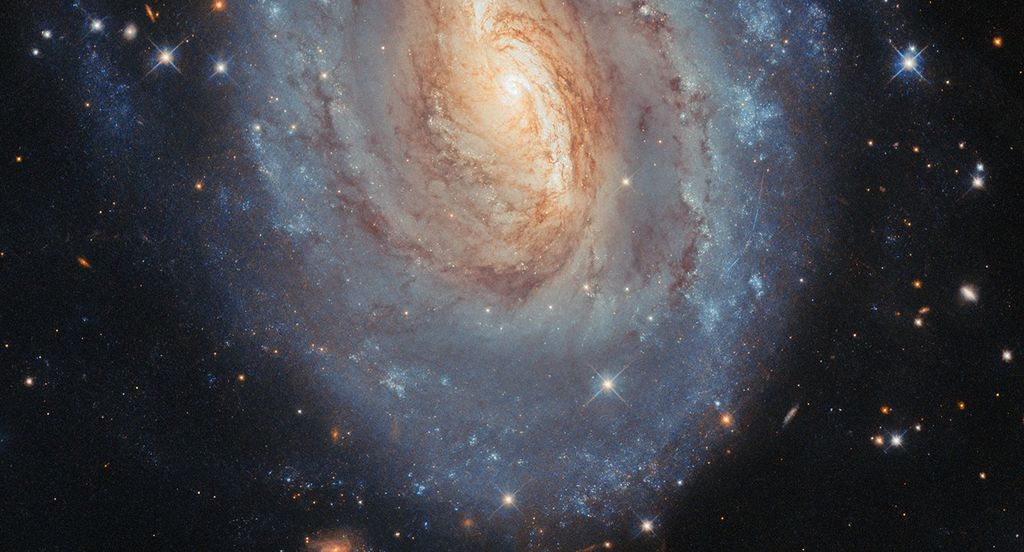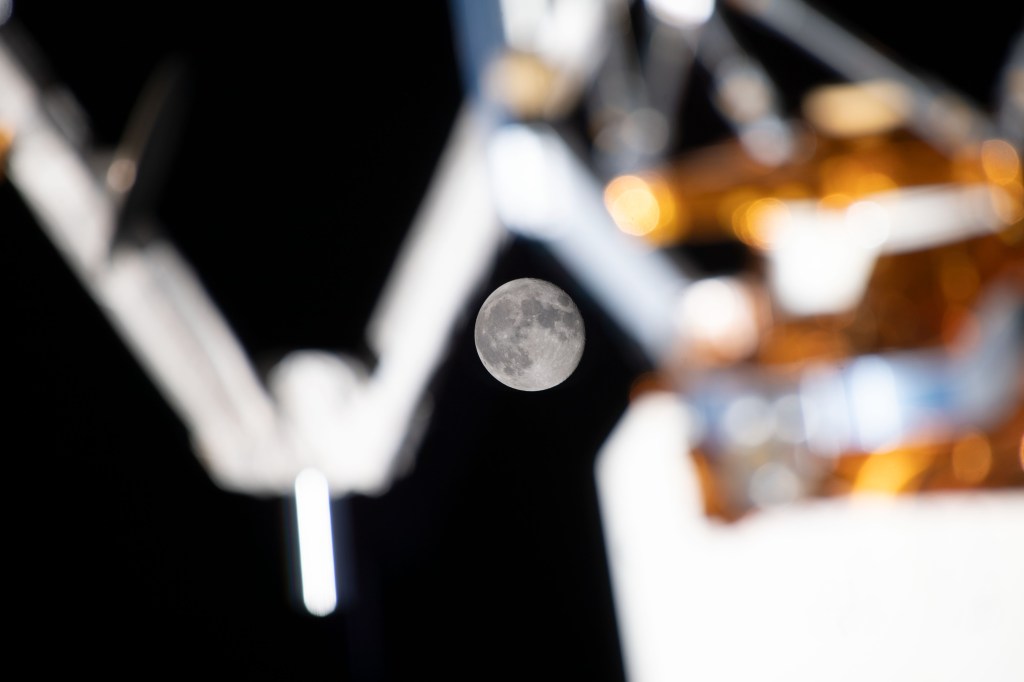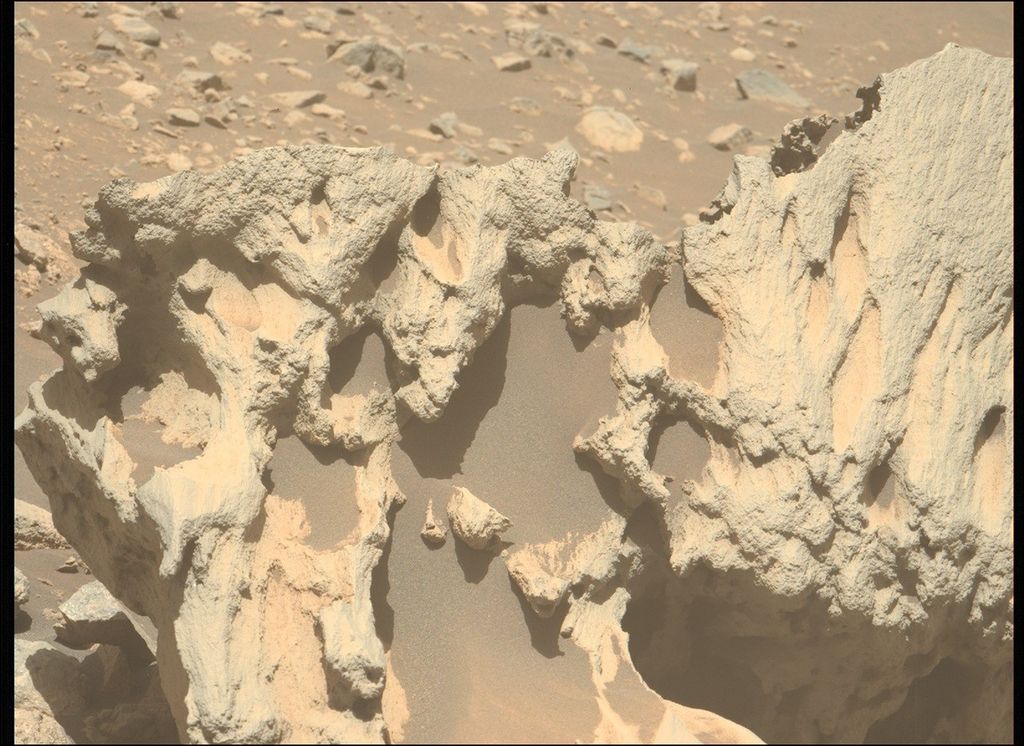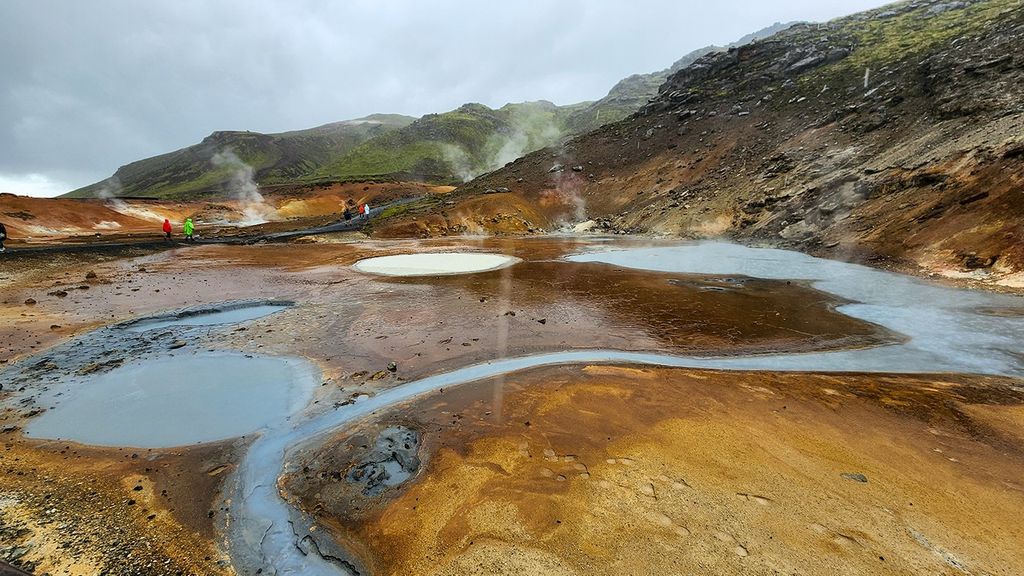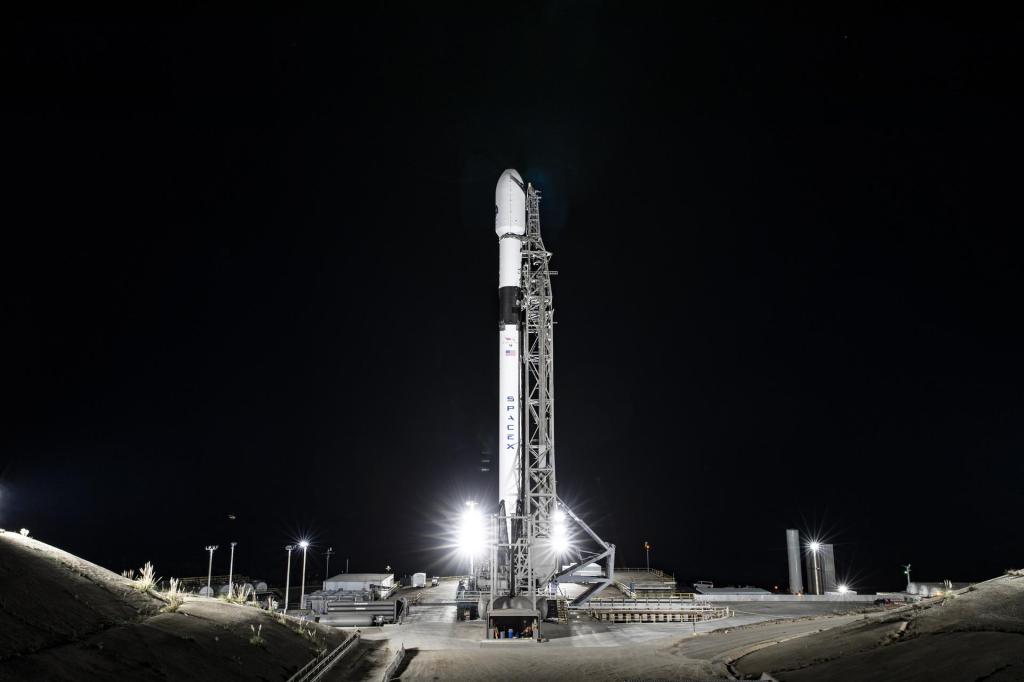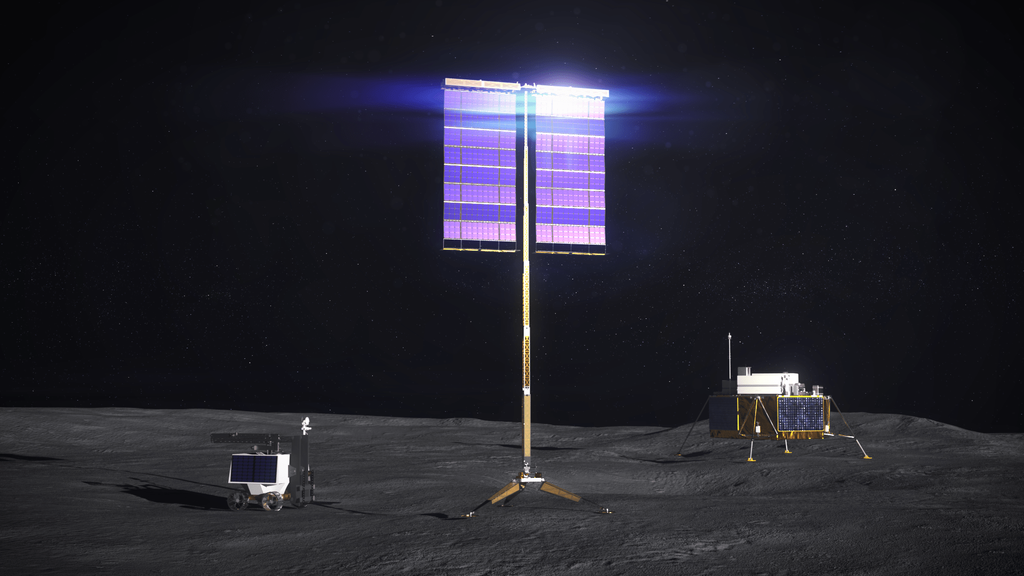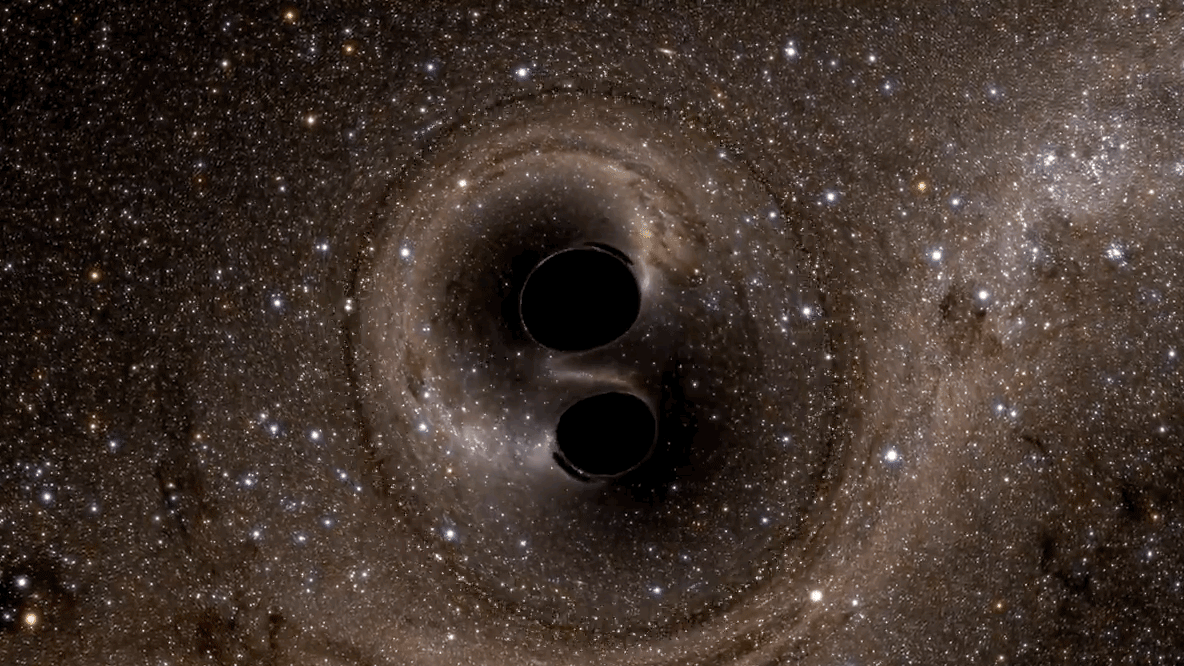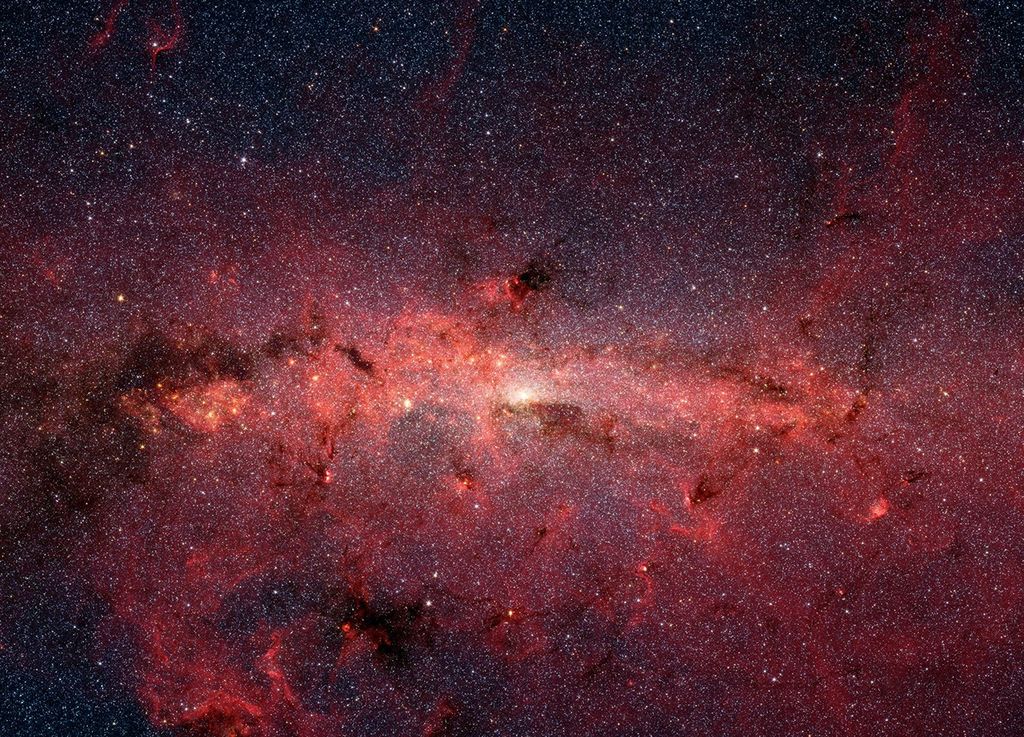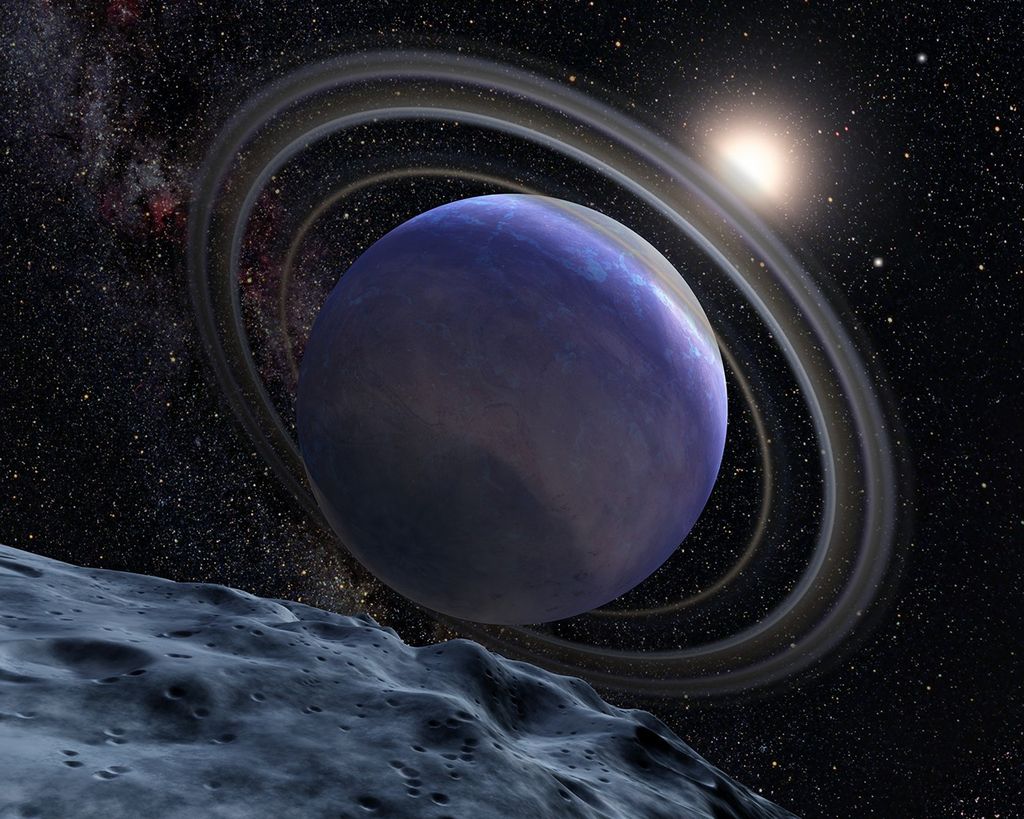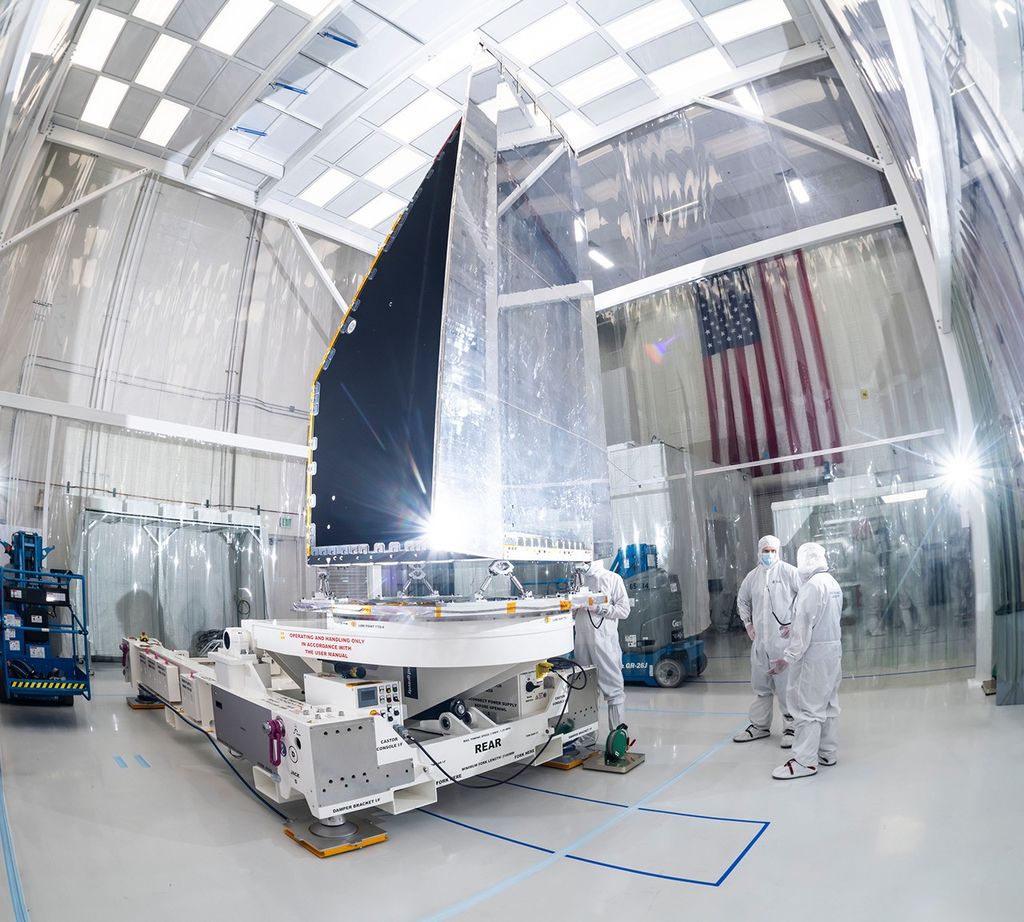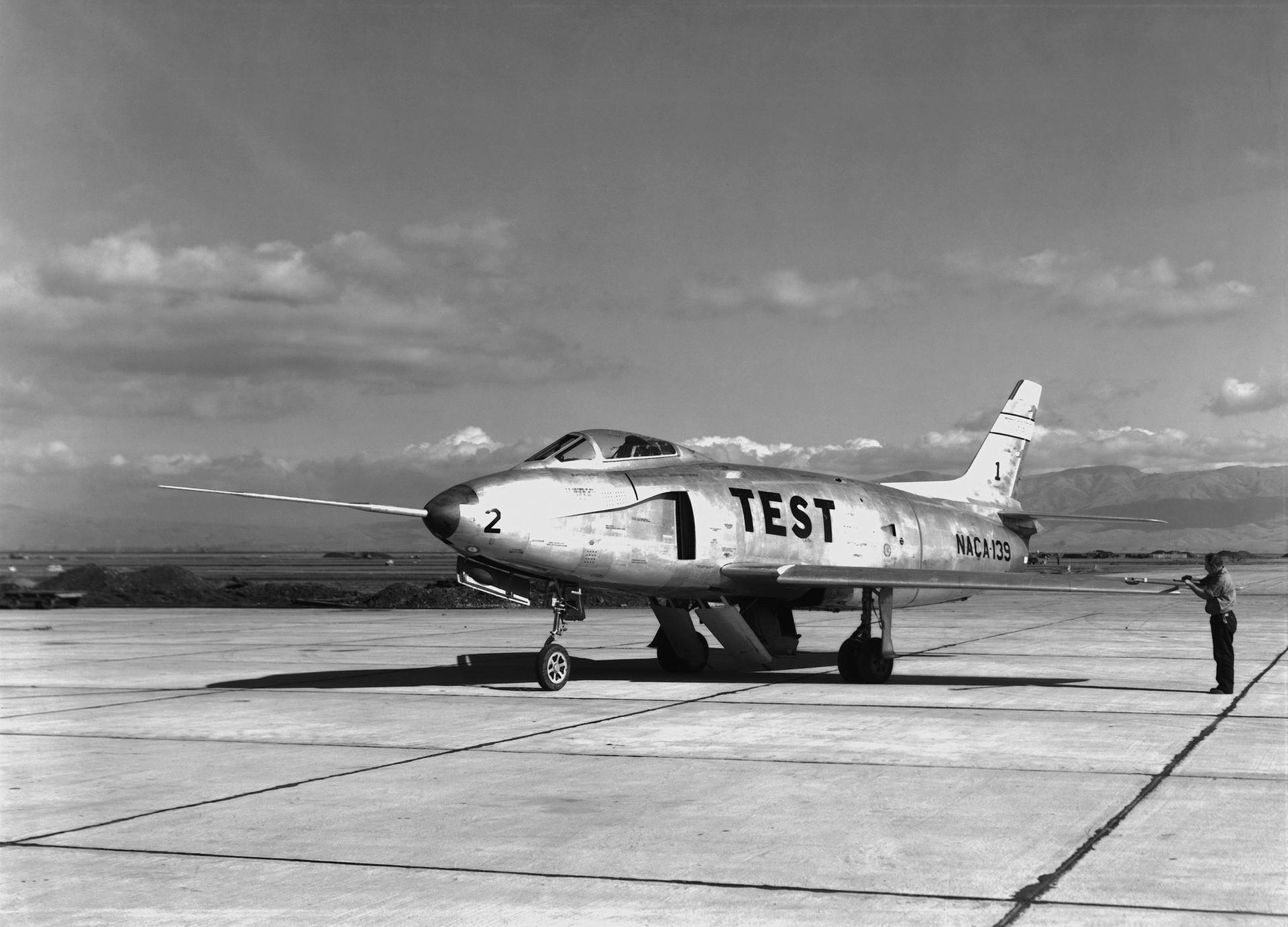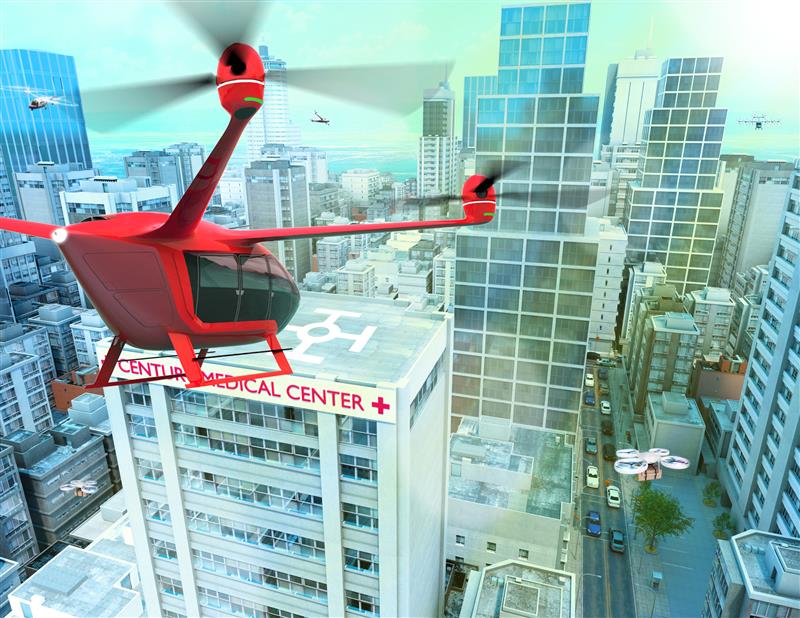1 min read
Nebula M1-67 around Star WR124

Resembling an aerial fireworks explosion, this dramatic NASA Hubble Space Telescope picture of the energetic star WR124 reveals it is surrounded by hot clumps of gas being ejected into space at speeds of over 100,000 miles per hour.
Also remarkable are vast arcs of glowing gas around the star, which are resolved into filamentary, chaotic substructures, yet with no overall global shell structure. Though the existence of clumps in the winds of hot stars has been deduced through spectroscopic observations of their inner winds, Hubble resolves them directly in the nebula M1-67 around WR124 as 100 billion-mile wide glowing gas blobs. Each blob is about 30 times the mass of the Earth.
The massive, hot central star is known as a Wolf-Rayet star. This extremely rare and short-lived class of super-hot star (in this case 50,000 degrees Kelvin) is going through a violent, transitional phase characterized by the fierce ejection of mass. The blobs may result from the furious stellar wind that does not flow smoothly into space but has instabilities which make it clumpy.
The surrounding nebula is estimated to be no older than 10,000 years, which means that it is so young it has not yet slammed into the gasses comprising the surrounding interstellar medium.
As the blobs cool they will eventually dissipate into space and so don't pose any threat to neighboring stars.
The star is 15,000 light-years away, located in the constellation Sagittarius. The picture was taken with Hubble's Wide Field Planetary Camera 2 in March 1997. The image is false-colored to reveal details in the nebula's structure.
- Object NameObject NameA name or catalog number that astronomers use to identify an astronomical object.M1-67, WR124
- Release DateNovember 5, 1998
- Science ReleaseGreat Balls of Fire! Hubble Sees Bright Knots Ejected From Brilliant Star
- CreditCredit: Yves Grosdidier (University of Montreal and Observatoire de Strasbourg), Anthony Moffat (Universitie de Montreal), Gilles Joncas (Universite Laval), Agnes Acker (Observatoire de Strasbourg), and NASA
Related Images & Videos
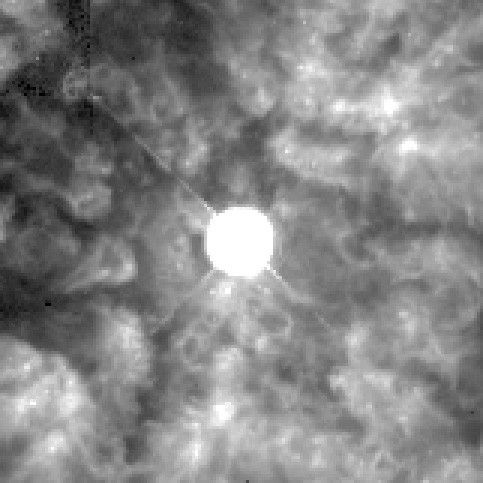
Detail of the Star Wr124 and the Surrounding Nebula M1-67
Detail of the star WR124 and the surrounding nebula M1-67. The massive, hot central star is known as a Wolf-Rayet star. This extremely rare and short-lived class of super-hot star is going through a violent, transitional phase characterized by the fierce ejection of mass. The...
Share
Details
Last Updated
Aug 17, 2025
Contact
Media
Claire Andreoli
NASA’s Goddard Space Flight Center
Greenbelt, Maryland
claire.andreoli@nasa.gov

